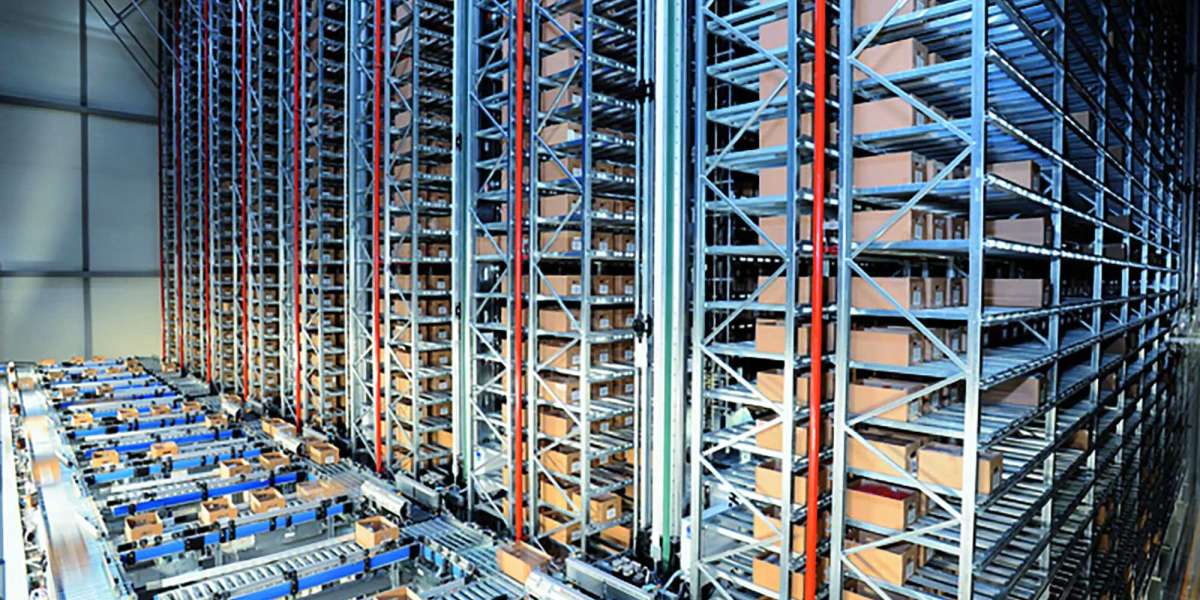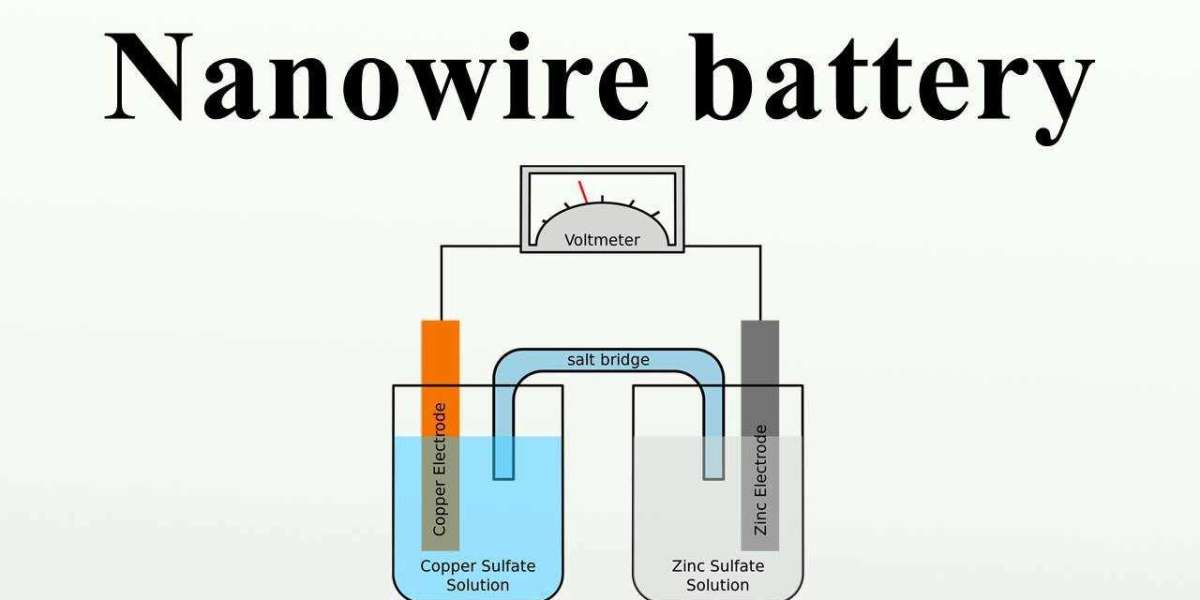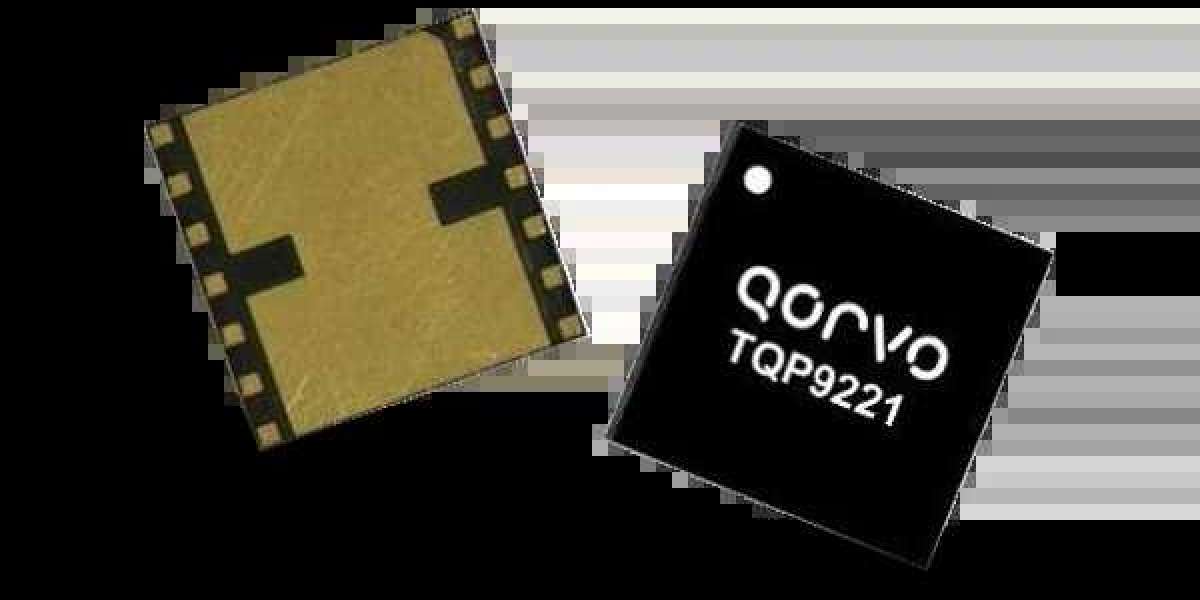The recent excitement about the alleged high temperature superconductor "LK99" has introduced some in the public to the idea of a metal-insulator or insulator-metal transition (MIT/IMT). For example, one strong candidate explanation for the sharp drop in resistance as a function of temperature is a drastic change in the electronic (and structural) properties of Cu2S at around 328 K, as reported here.
In condensed matter physics, a metal is usually defined as a material with an electrical conductivity that increases with decreasing temperature. More technically, in a (macroscopic) metal it is possible to create an electronic excitation (moving some electron from one momentum to another, for example) at arbitrarily small energy cost. A metal is said to have "gapless excitations" of the electrons. Even more technically, a metal has a nonzero electronic density of states at the electronic chemical potential.
In contrast, an insulator has an electronic conductivity that is low and decreases with decreasing temperature. In an insulator, it costs a non-zero amount of energy to create an electronic excitation, and the larger that energy cost, the more insulating the material. An insulator is said to have an "energy gap". If that energy gap is small compared to the thermal energy available (\( \sim k_{\mathrm{B}}T\)), there will be some conduction because of thermally excited electrons (and holes). One way to classify insulators is by the reason for the energy gap, though knowing the mechanism for certain is often challenging. A material is a "band insulator" if that gap comes about just because of how the atoms are stacked in space and how each atom shares its electrons. This is the case for diamond, for example, or for common semiconductors like Si or GaAs (called semiconductors because their energy gaps are not too large). A material can be an insulator due primarily to electron-electron interactions (a Mott insulator or the related charge transfer insulator); a material can be an insulator primarily because of interactions between the electrons and the lattice structure (a Peierls insulator); a material can be an insulator because of disorder, which can lead to electrons being in localized states (an Anderson insulator).
In some materials, there can be a change between metallic and insulating states as a function of some physically tunable parameter. Common equilibrium control knobs are temperature, pressure, magnetic field, and density of charge carriers. It's also possible to drive some materials between insulating and metallic states by hitting them with light or applying large electric fields.
Sudden changes in properties can be very dramatic, as the Cu2S case shows. That material tends to be in one crystal structure at high temperatures, in which it happens to be a band insulator with a large gap. Then, as the temperature is lowered, the material spontaneously changes into a different crystal structure in which there is much more conduction. There are other materials well known for similar transitions (often between a high temperature conducting state and a low temperature insulating state), such as VO2 and V2O3, in which the electrical conductivity can abruptly change by 5 orders of magnitude over a small temperature range.
MIT/IMT materials can be of technological interest, particularly if their transitions are readily triggered. For example, vanadium oxides are used in thermochromic and electrochromic switchable windows, because the optical properties of the material are drastically different in the conducting vs insulating phases. The fundamental interest in MIT/IMTs systems is clear as well, especially when electronic interactions are thought to be responsible - for example, the rich array of conducting, superconducting, and insulating states that show up in twisted bilayer graphene as a function of carrier density (a representative paper here). It's always interesting to consider how comparatively simple ingredients can lead to such rich response, through energetic (and entropic) competition between different states with wildly disparate properties.











